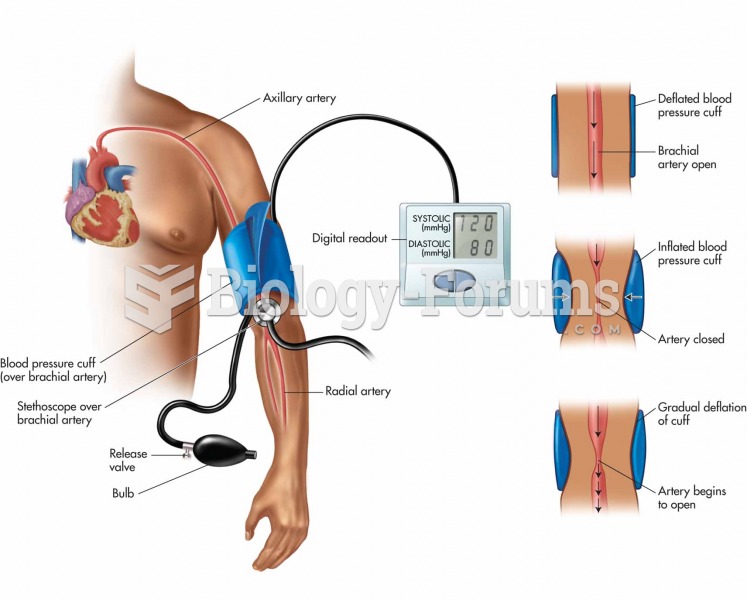Answer to Question 1
3
Rationale 1: It is inappropriate for the nurse to discuss her own decision about cord blood storage.
Rationale 2: This is a reflective answer used to get at the mother's emotions. This is not an emotional situation. The mother is asking for information.
Rationale 3: By starting the conversation with this statement, you are providing her with information so she can make an informed decision.
Rationale 4: While this may be brought into the discussion, it is not the best answer.
Global Rationale:
Answer to Question 2
1, 3, 4
Rationale:
1. When an infant with tetralogy of Fallot (TOF) has a hypercyanotic episode, interventions should be geared toward decreasing the pulmonary vascular resistance. Therefore, the nurse would place the infant in kneechest position (to decrease venous blood return from the lower extremities) and administer oxygen, morphine, and propranolol (to decrease the pulmonary vascular resistance).
2. The nurse would not draw blood until the episode had subsided, because unpleasant procedures are postponed.
3. When an infant with tetralogy of Fallot (TOF) has a hypercyanotic episode, interventions should be geared toward decreasing the pulmonary vascular resistance. Therefore, the nurse would place the infant in kneechest position (to decrease venous blood return from the lower extremities) and administer oxygen, morphine, and propranolol (to decrease the pulmonary vascular resistance).
4. When an infant with tetralogy of Fallot (TOF) has a hypercyanotic episode, interventions should be geared toward decreasing the pulmonary vascular resistance. Therefore, the nurse would place the infant in kneechest position (to decrease venous blood return from the lower extremities) and administer oxygen, morphine, and propranolol (to decrease the pulmonary vascular resistance).
5. Benadryl is not appropriate for this child.
Implementation
Safe, Effective Care Environment
Application
Learning Outcome 26.4 Develop a nursing care plan for the child with a congenital heart defect cared for at home prior to corrective surgery.







